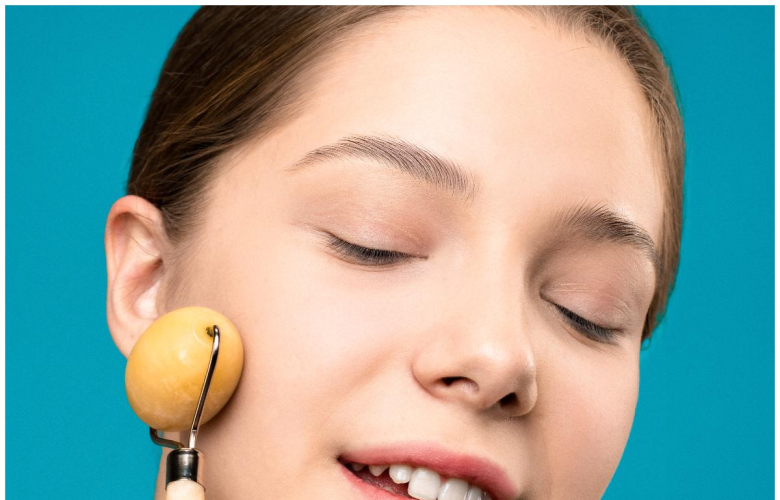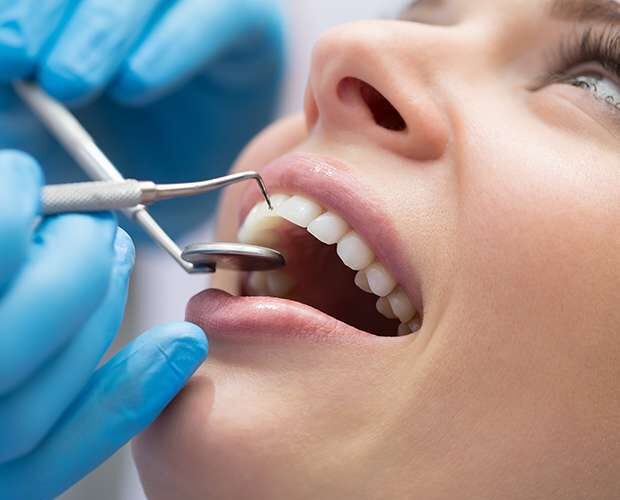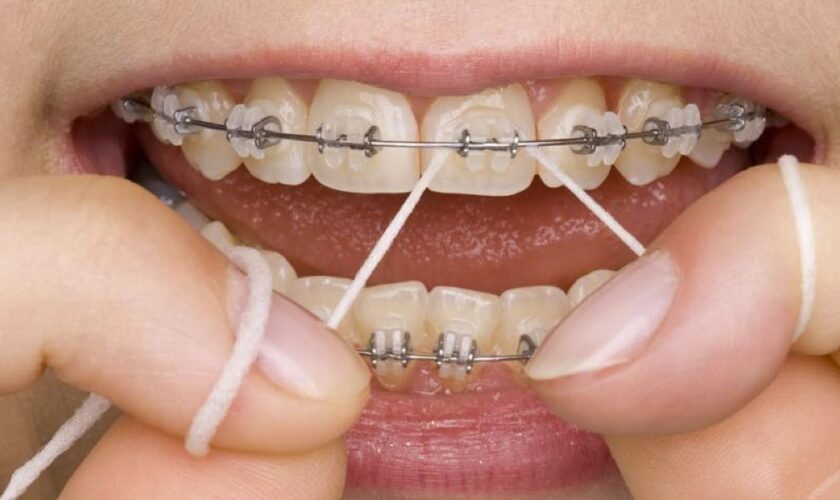Non-surgical face lifting treatments have become increasingly popular as an alternative to traditional surgical facelifts. These minimally invasive procedures offer a range of benefits, including a more affordable price point and reduced recovery time, while still providing noticeable and lasting results. In this article, we’ll explore the causes of sagging skin and discuss the various non-surgical treatments available, such as Fotona laser, dermal fillers, thread lifts, and HIFU.
Sagging skin is a natural part of the aging process, which can be attributed to several factors. Firstly, the decrease in collagen and elastin production, essential proteins responsible for skin firmness and elasticity, leads to a loss of facial volume and support. Secondly, the gradual decline of facial muscles and prolonged exposure to environmental factors like sun damage and pollution can contribute to the appearance of wrinkles, fine lines, and skin laxity. Lastly, genetics and lifestyle choices, such as smoking and poor diet, can also impact the rate at which skin ages.
Non-surgical facelift treatments offer various methods for addressing these issues and restoring a more youthful appearance. Fotona laser uses specialized laser technology to stimulate collagen production and tighten the skin, while dermal fillers work by replacing lost volume and plumping up the skin. Thread lifts provide a lifting effect by introducing biodegradable threads beneath the skin’s surface, and HIFU (High-Intensity Focused Ultrasound) targets deep layers of the skin and stimulates collagen and elastin production. These techniques are unique, but all aim to achieve rejuvenated and refreshed appearance without the need for surgery.
Causes of Sagging Skin
Sagging skin is a common concern for many individuals as they age or experience significant weight loss. Understanding the root causes of this issue can help in finding the most effective non-surgical face lifting treatments. In this section, we will discuss four primary contributors to sagging skin: age, sun exposure, weight loss, and gravity.
Age
As people age, their skin naturally loses its elasticity due to a decline in the production of collagen and elastin, two vital proteins responsible for maintaining smooth, youthful-looking skin. The connective tissue becomes weaker, and as a result, skin begins to sag and lose its firmness. Additionally, facial fat and bone structure may shift with age, contributing to sagging in various facial areas.
Sun Exposure
Excessive exposure to ultraviolet (UV) rays from the sun can cause premature aging and skin damage, leading to sagging. Sun exposure breaks down collagen and elastin fibers in the skin, causing it to lose its structure and ability to bounce back. It is essential to protect your skin from harmful UV rays by using sunscreen, wearing protective clothing, and avoiding prolonged sun exposure.
Weight Loss
Rapid or significant weight loss can result in loose, sagging skin. When an individual loses weight rapidly, the skin may not have enough time to retract or adapt to the new, smaller body shape. This is especially true in older individuals or those with less elastic skin. Gradual weight loss and a balanced diet can help maintain skin elasticity while shedding pounds.
Gravity
Gravity also plays a role in sagging skin as it continually pulls the skin downward over time. This natural force causes the facial tissues to stretch and sag, especially in areas where the skin is thinner or has less support.
Now that we understand the common causes of sagging skin, we can explore non-surgical facelift options that help address this issue.
Non-Surgical Face Lifting Treatments
Several non-surgical face lifting treatments effectively combat the effects of sagging skin. These treatments include Fotona laser, dermal fillers, thread lift, and High-Intensity Focused Ultrasound (HIFU).
Fotona Laser
The Fotona laser is a non-surgical face lifting treatment that uses controlled laser energy to stimulate the growth of collagen and elastin. This treatment helps tighten the skin and improves its overall texture and appearance without the need for anesthesia or downtime.
Dermal Fillers
Dermal fillers are injectable substances used to restore youthful volume to the face by filling in areas where skin has sagged due to age or weight loss. These fillers can provide immediate results, lifting the skin and smoothing out wrinkles and fine lines.
Thread Lift
A thread lift is a minimally invasive procedure that uses thin, dissolvable threads to lift and tighten sagging skin. The threads are strategically placed under the skin to create a supportive structure, ensuring a more youthful facial contour. The procedure also stimulates collagen production, improving skin texture and elasticity over time.
HIFU
High-Intensity Focused Ultrasound (HIFU) is a non-invasive treatment that uses ultrasound energy to heat the deep layers of the skin, stimulating collagen production and resulting in a lifting and tightening effect. HIFU is particularly effective in treating jawline and neck sagging and can be especially beneficial for those with mild to moderate skin laxity.
Non-surgical face lifting treatments can offer significant benefits for those looking to combat the effects of sagging skin without undergoing invasive surgery. By understanding the underlying causes of this issue and exploring various treatment options, individuals can make informed decisions to achieve a more youthful and rejuvenated appearance.




